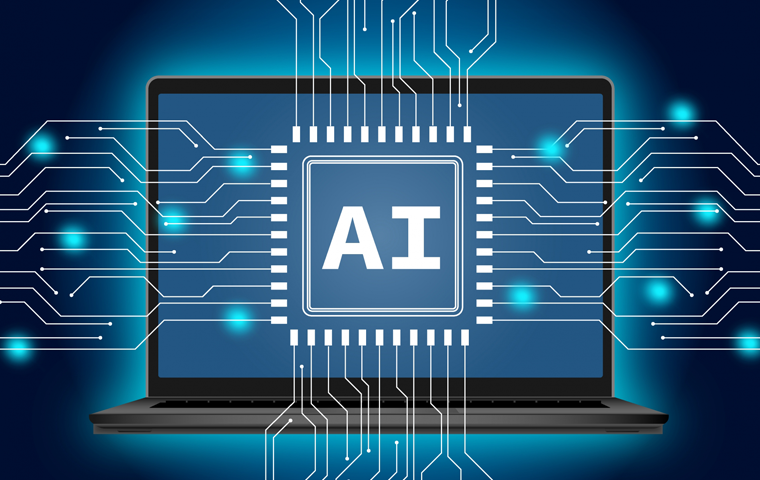Nikkei Plunges: A Warning Sign for the AI Bubble
Related Articles
From 52,000 Yen to the Abyss: The “AI Shock” That Hit the Nikkei

On November 5, 2025, the Tokyo stock market experienced historic volatility. The Nikkei 225, which had been hovering around record highs for days, suddenly collapsed at the opening bell. Prices plummeted at a pace far exceeding market expectations, with the index at one point dropping over 2,400 yen and even dipping below the psychologically significant 50,000-yen mark—long seen as a major line of defense by investors. Panic selling engulfed the market, and the trading floor buzzed with intense activity. Although bargain hunting and short-covering provided some support in the afternoon session, the Nikkei still closed down sharply at 50,212.27 yen, a drop of 1,284.93 yen from the previous day.
The source of this crash was clear: a long-simmering concern—that tech stocks had become overbought—finally exploded into full-blown fear, triggering what came to be called the “AI Shock.” The AI and semiconductor sectors, which had powered Japan’s market into uncharted territory above 52,000 yen, suddenly turned from the strongest engines of growth into the heaviest brakes dragging the market down. Analysts described the event as a necessary correction, revealing the structural fragility of a market overly concentrated on a single theme—AI.
The large gap between the intraday low (-2,400 yen) and the closing price (-1,284 yen) highlighted the fierce clash between panic sellers and cool-headed buyers seeking bargains. The fact that the Nikkei managed to close just above the 50,000-yen threshold also suggested that bullish sentiment, though shaken, had not yet been completely broken.
Trigger from the U.S. Market: “Even Good Earnings Can’t Save AI Stocks”
The panic that struck Tokyo on November 5 wasn’t sparked by any new domestic issue. The immediate trigger was the sharp decline in U.S. markets the previous day (November 4), particularly the tech-heavy Nasdaq, where the Nasdaq 100 index dropped 2.07%. But Japan’s overreaction stemmed from the nature of that decline rather than its magnitude.
Several negative signals suggested that the AI boom in the U.S. might be reaching its end. First, top executives from major financial institutions publicly warned that the stock market was “overheated” and that a correction was likely imminent. Second, reports emerged that a well-known short seller had purchased massive amounts of put options against Nvidia—the symbol of the AI boom—signaling that professional investors were positioning for a downturn.
The third and most shocking factor was that some popular AI-related companies saw their stock prices plunge despite reporting excellent earnings. This was a textbook case of “sell on the fact,” where investors rush to take profits once it seems that all good news has been priced in. It marked the moment when the market collectively acknowledged that valuations in the AI and tech sectors had become unsustainably high.
The shockwaves quickly reached Tokyo. Shares of SoftBank Group (9984), a global leader in AI-related investment through its stake in Arm, and Advantest (6857), a key supplier of semiconductor testing equipment, opened without bids due to overwhelming sell orders. Together, these two stocks alone dragged the Nikkei down by about 851 yen—a grim irony, given that they had been the very stocks driving the market’s prior surge.
9 Trillion Yen in Motion: Panic Selling or Strategic Rotation?
However, labeling November 5 simply as a day of “AI bubble collapse” would be an oversimplification. A deeper analysis reveals another massive shift beneath the surface—a large-scale reallocation of capital. Trading value on the Tokyo Prime Market reached an astounding 9.0582 trillion yen, one of the highest in history, suggesting not a total withdrawal of funds from Japanese equities but a sector rotation on an unprecedented scale.
Investors were selling “dreams” (AI and semiconductors) and buying “reality” (companies with strong, tangible earnings). Sectors such as “Electrical Equipment” and “Information & Communications,” which had led the rally, saw the steepest declines. Semiconductor-related names like Disco (6146) and Lasertec (6920), as well as companies like Furukawa Electric (5801) and Fujikura (5803)—previously buoyed by AI-driven data center demand—also tumbled sharply.
Meanwhile, 11 sectors on the Prime Market rose, and 420 stocks recorded gains. Funds flowed toward companies that had been largely untouched by the AI frenzy. Nintendo (7974), Nippon Ham (2282), NSK (6471), Obayashi Corporation (1802), and Mitsui & Co. (8031) all surged after announcing strong earnings forecasts. Retailers like Nitori Holdings (9843) and Kobe Bussan (3038) also attracted buyers, as investors anticipated yen appreciation driven by U.S. rate-cut expectations.
Toyota Motor (7203), despite raising its profit forecast, saw its stock move lower—evidence of how unforgiving the market had become toward companies failing to exceed sky-high expectations. Investors were beginning to deliver harsh “earnings verdicts” across the board, not just for AI-related names.
Has the Market Peaked? A Cooler Look from Overseas Investors

The massive sell-off on November 5 raised a heavy question: had the Nikkei finally hit its peak and entered a long-term downtrend? In technical analysis, such a sharp one-day reversal after a sustained rally is often seen as a classic “top signal.” Indeed, some analysts warned that the October 31 high of 52,636 yen might not be broken again for some time. The Nikkei Volatility Index (“fear index”) surged sharply, suggesting that instability would likely persist until AI-related excesses had been fully unwound.
Yet, this correction may not mark the end of Japan’s bull market. Historical data offers a more nuanced view. In similar past shocks—such as the “Ueda Shock” of August 2024 and the “Tariff Shock” of April 2025—markets also saw volatility spikes and sharp drops in momentum stocks, only to stabilize and recover within about a month.
The most striking data point, however, comes from trading by investor type. During the very week of this historic plunge (November 5–8), foreign investors—the largest buyers of Japanese equities—turned net buyers for the first time in four weeks, purchasing 193.8 billion yen in cash equities and 570.7 billion yen in futures. This suggests a stark contrast: while domestic retail and short-term traders were panic selling, overseas investors with longer-term perspectives were calmly buying the dip.
To these investors, the “AI Shock” was not evidence of weakening Japanese fundamentals. Instead, it represented an opportunity to accumulate undervalued domestic demand stocks and future leaders expected to drive Japan’s corporate growth beyond 2026.
The November 5 plunge may therefore be seen not as the end of Japan’s AI-driven boom, but as the closing curtain of its first act—and the opening bell of a second act in which Japan’s true corporate earning power will be tested.



